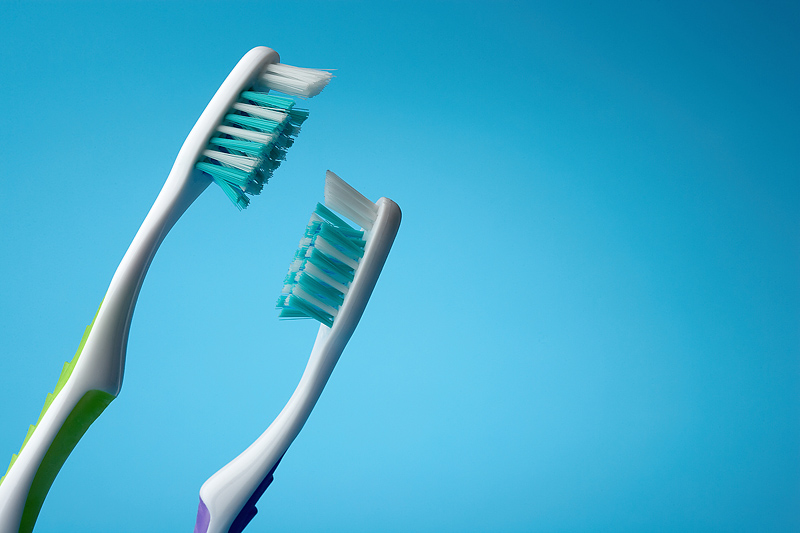
MONDAY, Oct. 6, 2014 (HealthDay News) — The U.S. Environmental Protection Agency (EPA) has proposed new standards to reduce the amount of mercury released from dentists’ offices.
The changes would fall under the Clean Water Act and would lessen the amount of dental amalgam entering the environment. Mercury and other metals are mixed together to make amalgam, which is used to fill cavities.
Mercury is released into public water treatment systems when dentists remove old fillings or remove excess amalgam when giving patients new fillings.
About half the mercury that enters water treatment systems comes from dental offices. The new rule would reduce metal discharge to water systems by almost 9 tons a year, according to the EPA.
“This is a common sense rule that calls for capturing mercury at a relatively low cost before it is dispersed into the POTW [Publicly Owned Treatment Works],” Kenneth Kopocis, deputy assistant administrator for EPA’s Office of Water, said in an agency news release.
“The rule would strengthen human health protection by requiring removals based on the use of a technology and practices that approximately 40 percent of dentists across the country already employ thanks to the [American Dental Association] and our state and local partners,” he added.
Many state and local governments require amalgam separators and other practices in dentists’ offices in order to reduce the release of mercury. The American Dental Association recommends such measures.
The EPA is accepting public input on the new rule and is expected to finalize it in September 2015.
More information
The U.S. Food and Drug Administration has more about dental amalgam.
Copyright © 2026 HealthDay. All rights reserved.

